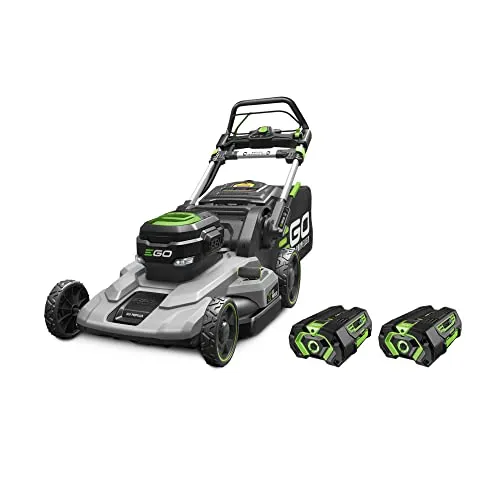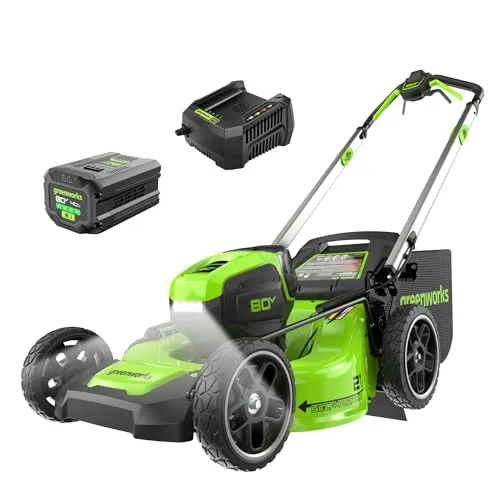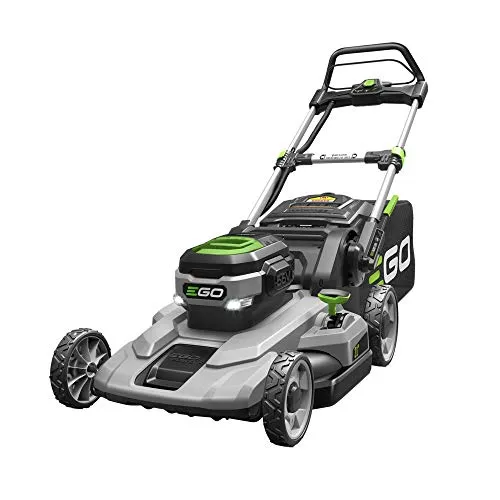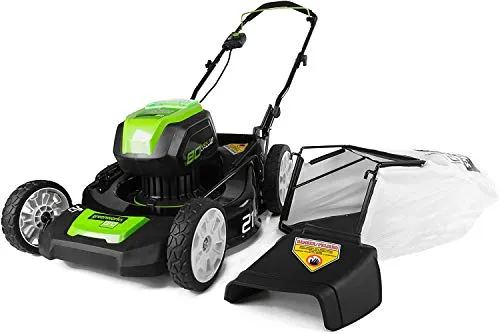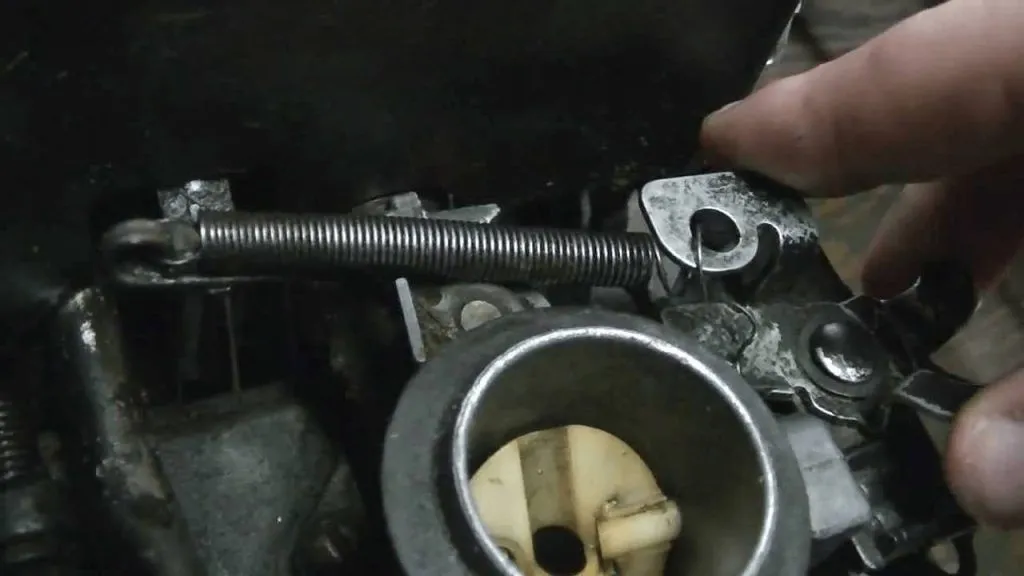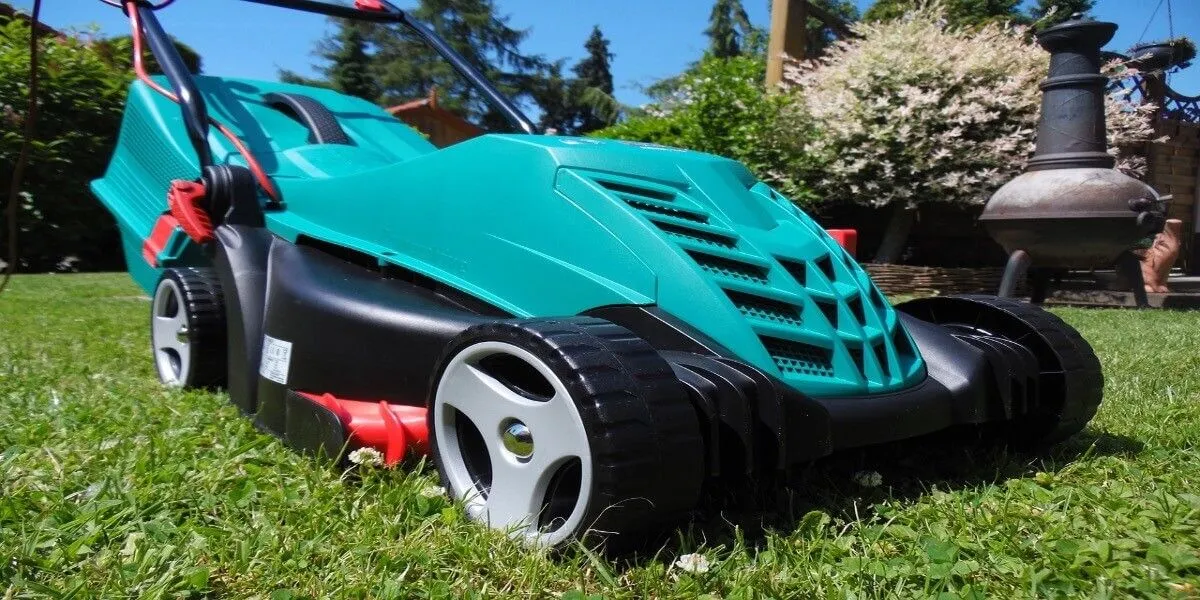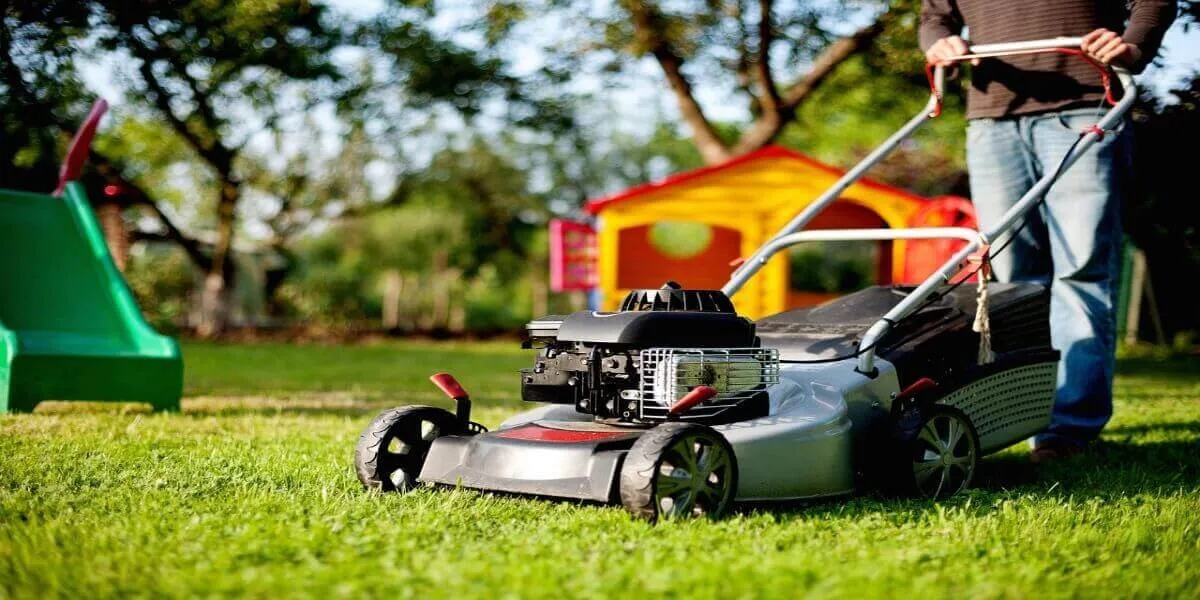The History of Lawn Mowers: A Look Back in Time

Jeffrey Tung on Apr 5, 2024
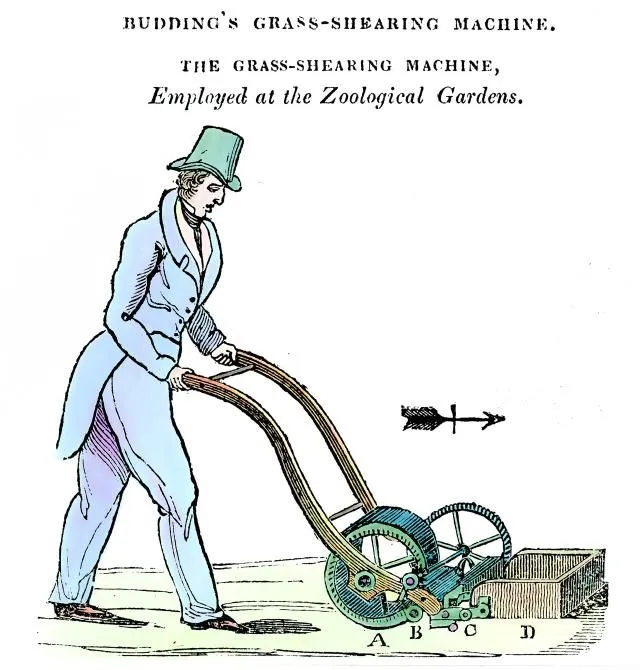
We earn affiliate commissions at no extra cost to you.
Photo credit: The National CV of UK
Manicured lawns are emblematic of American suburban neighborhoods. They are a point of pride for many homeowners who spend hours meticulously maintaining this lush landscape.
But behind every carefully trimmed lawn is the story of the mower and how it transformed the way we perceive lawn mowing and our outdoor spaces.
If you're interested in knowing who invented the mower and how it all began, Tools Official will take you back in time and share the history of the lawn mower.
What was it like before mowers?
Before the advent of mowers, maintaining a sculpted lawn is a labor-intensive task.
For the majority, lawns are utilitarian spaces, primarily used for livestock grazing or other functional purposes rather than aesthetic appeal.
In the 1700s, landowners and estate managers had to rely on manual tools such as scythes and sickles to keep grasses under control.
Others with larger plots of land relied on sheep and other grazing animals. They would roam freely, feeding on the grasses and keeping them at manageable heights.
However, both of these methods were time-consuming and often yielded poor results, leaving uneven patches of grass behind.
During this time, maintaining a well-groomed lawn was a luxury afforded only to the wealthy elite who had the manpower and resources necessary for such meticulous care.
Well, that is until the invention of the first lawn mower.
Who invented the lawn mower?
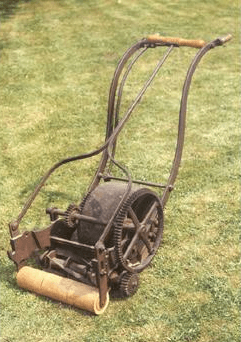
Photo credit: BBC
The first mower was invented in 1830 by Edwin Beard Budding, an English engineer. Budding observed that a device used in cutting carpet fabrics could be replicated and modified to make a machine that could cut grasses.
He designed a machine with a series of rotating blades housed in a cylinder that can be manually pushed to trim grass. It had a wooden handle and cast iron gear wheels. It was called the cylinder mower because of its form. Despite being heavy, it was quite similar to the mower we see today.
Edwin Budding partnered with a friend, engineer John Ferrabee, to reproduce more of this cutting cylinder.
It was a success and the two sold over a thousand units of mowers.
The History of the First Lawnmowers
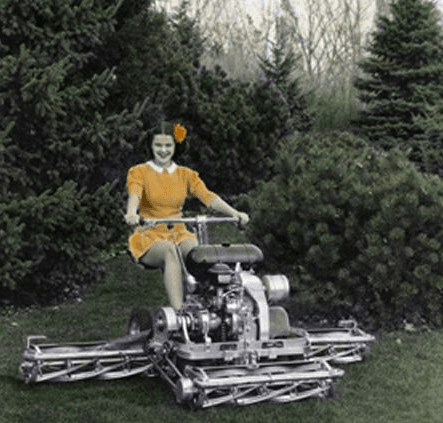 The 76-inch Professional. Photo credit: The Toro Co. at Pinterest
The 76-inch Professional. Photo credit: The Toro Co. at Pinterest
Budding's success laid the foundation for future innovations in the mower technology.
He and Ferrabee patented their mower design, allowing companies to replicate the mower under licenses. Among the most successful brands is J.R. & A. Ransome from Ipswich, England.
In 1837, demand for mowers grew as pleasure grounds or parks for outdoor activities became popular. These open spaces served as hang-out spots or sports grounds for entertainment and relaxation.
After Budding's early patent lapsed, more companies were able to introduce their own variations of the lawn mower.
Scottish engineer Alexander Shanks introduced a 27-inch reel mower driven by horses. Shanks also created a larger model a year after, the 42-inch mower.
In 1859, the first-ever chain-driven lawn mower was invented. Thomas Green created a mower called the Silens Messor (silent running), which is lighter, more quiet, and easier to operate than the original mower.
The United States had its first patent design for reel lawn mowers in 1868 through Amariah Hills, a manufacturer in Connecticut. Just two years after, Indiana resident Elwood McGuire created the sidewheel mower.
This type of mower was much lighter and required less energy to operate compared to older designs. Without a metal rear roller, sidewheel mowers were very light and cheap to manufacture.
The sidewheel mower’s light weight and affordability made it popular to the masses. By 1885, the United States was producing around 50,000 mowers of this type yearly.
Despite this significant improvement in the mower design, lawn care still proved to be a difficult task. Mowing grass still takes too long and the desire for a mower that isn't operated manually grew. Horse-drawn mowers were used.
The sidewheel mowers carried behind a horse, car, or tractor were widely used for maintaining grasses on horseracing tracks and other similar, big-sized lawns.
Throughout the early 1900s horse-drawn mowers were used to maintain large plots of land and public spaces.
The Rise of Power Mowers
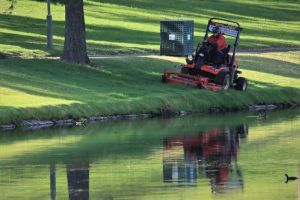
The late 19th and early 20th centuries, was a significant turning point in the history of power lawnmowers.
As industrialization swept across the globe, engineers and inventors began to explore new methods of propulsion to enhance efficiency and performance of mowers.
Steam-powered lawnmowers appeared in 1890s. These behemoths, equipped with steam engines and large cutting blades, were capable of mowing vast expanses of grass with relative ease. However, they were heavy, cumbersome, and required a constant supply of water and fuel, limiting their practicality for everyday use.
As technology advanced, gasoline-powered egines became a more practical alternative to steam power. In 1902, W.J. Stephenson-Peach, manufactured and sold the first internal combustion petrol-powered engine.
Petrol mowers only arrived in the US in 1919 through Colonel Edwin George.
In 1935, Leonard Goodall invented the rotary lawn mower. It was one of the earliest commercially successful power mower. This machine featured a lightweight chassis, a reliable two-stroke engine, and a rotary cutting blade.
The 1940s to 1960s introduced riding mowers and zero-turn lawn mowers, focusing on lightweight materials with more powerful engines.
In 1940, Toro launched the 76-inch Professional, a device designed for the landscape contractor market. It combined a small push mower and bigger machine units.
In 1964, Hustler Turf Equipment in Hesston, Kansas produced the first zero-turn radius riding mower that made mowing easier than before. Zero-turn means that the mower can be steered easily, making driving and turning more convenient.
The following years improved on the initial design of the zero-turn mowers and riding lawn mowers. In 1990, the first dual hydraulic zero-turn mower was created by Joseph Berrios, a pensioned landscape contractor from Florida. This design made it easier to mow on hilly areas, improving versatility on different terrains.
Manufacturers of zero-turn lawn mowers continued to develop advancements on the machine. Among the elements they look into are better cutting capabilities and a more compact look.
The Evolution of the Lawn Mower
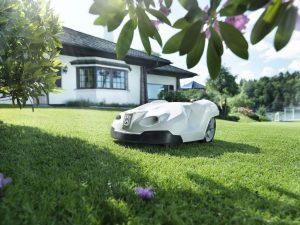
As the demand for efficient lawn maintenance continued to grow, so did the innovations in mower design.
Electric mowers emerged as a quieter and more environmentally-friendly alternative to their gasoline counterparts. Additionally, advancements in materials and engineering led to the development of lightweight and ergonomic designs, further enhancing ease of use.
Advancements in battery technology also led to the development of cordless electric mowers. They are more mobile than traditional corded mowers and have become popular choices for homes with small to medium-sized lawns.
Recent years also showed the emergence of robotic lawn mowers, hover mowers, solar-powered ones, and even remote-control types. Many of these are equipped with futuristic features including GPS navigation systems, sensors, and AI. Robotic mowers are capable of mowing lawns without human intervention, offering a hands-free cutting.
The latter part of the 20th century witnessed a growing emphasis on sustainability and environmental consciousness. Manufacturers began exploring alternative power sources to reduce reliance on fossil fuels and minimize carbon emissions.
Modern mowers are also now made with composite materials and innovative manufacturing techniques to create of high-performance components that withstand the rigors of regular use while reducing energy consumption and maintenance requirements.
Looking toward the future of the mower industry
The journey throughout the history of mowers has revealed a narrative of innovation and evolution -from the manual labor of scythes and sickles to gas powered mowers and AI-powered ones.
As we look into the future, it's clear that technology will continue to play a pivotal role in shaping the evolution of mowers. It's teeming with possibilities driven by the union of cutting-edge advancements, sustainability, and robotics.
As long as technology continues to advance, expect to see further development and variations of this simple machine that will remain to be part of lives.
The quest for the perfect lawn will continue to drive innovation and evolution of lawn mowers.

